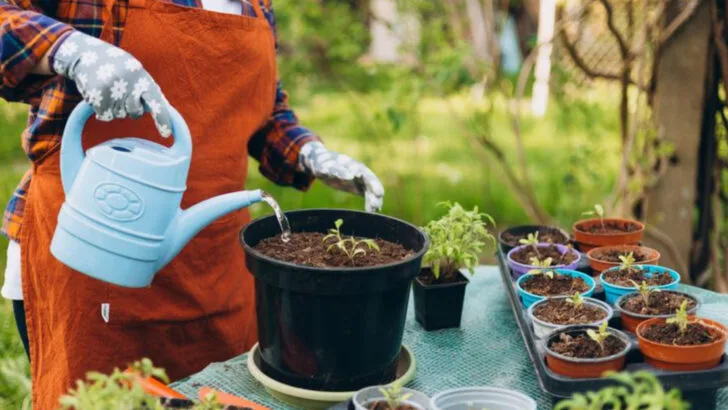Everyone loves a good garden hack — those clever shortcuts and tips that promise to make your gardening life easier, more fun, and way more successful. But let’s be honest, not all hacks live up to the hype. At Plantisima, we’re all about sharing real, tested advice that helps your plants thrive without the frustration.
In this article, we’ve gathered 15 garden hacks that actually work, and yes, we tried every single one ourselves. From DIY pest repellents and watering tricks to clever ways to boost growth and extend your harvest, these hacks will save you time, money, and maybe even a few gray hairs.
To our Plantisima readers who want the best results with less guesswork—this list is your new gardening toolkit. Because smart gardening isn’t about working harder, it’s about working smarter… and watching your garden flourish like never before.
Coffee Grounds as Fertilizer
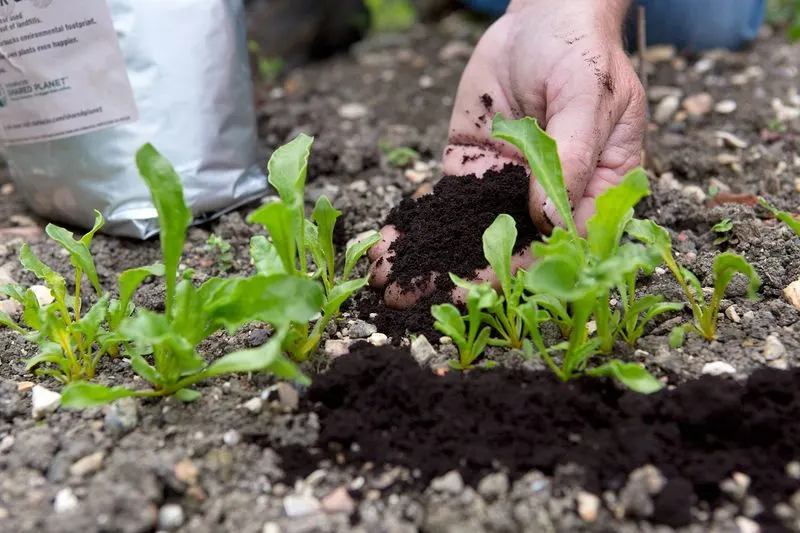
Who knew your morning routine could benefit your garden as well? Coffee grounds are rich in nitrogen, making them an excellent addition to your compost pile or directly to the soil. Just sprinkle them around your plants to improve drainage and water retention. However, moderation is key; too much can lead to acidity issues. Use this hack to give your plants a caffeinated boost! Not only do plants thrive, but you also recycle waste effectively. Just don’t forget to balance it with other compost materials for best results.
Eggshell Seed Starters
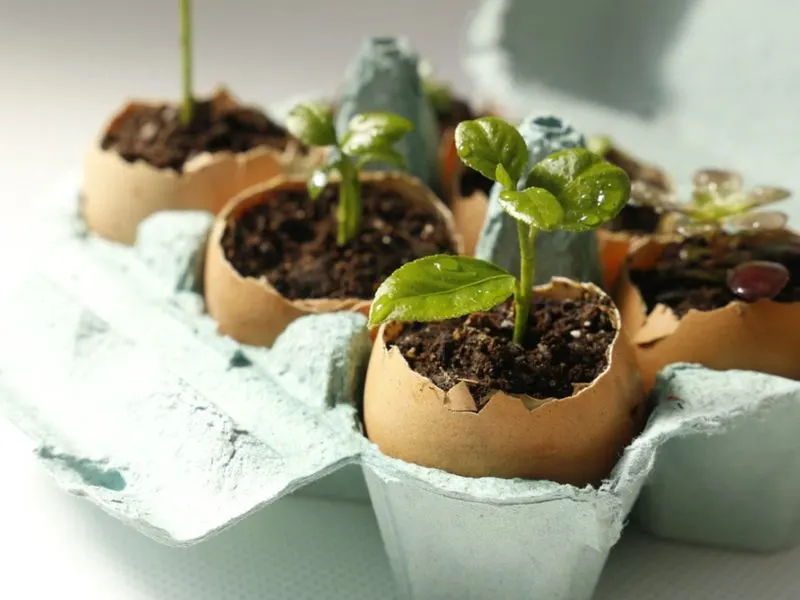
Instead of tossing those eggshells, why not use them as seed starters? They’re biodegradable and rich in calcium, providing essential nutrients. Simply fill half an eggshell with soil and plant your seed. Once they’re ready to go outside, plant the whole shell in the soil. As it breaks down, it will continue to nourish your growing plant. It’s an eco-friendly way to get your garden going and a fun project for kids. Plus, it saves money on pots. Just handle with care to prevent any cracking.
Banana Peel Plant Food
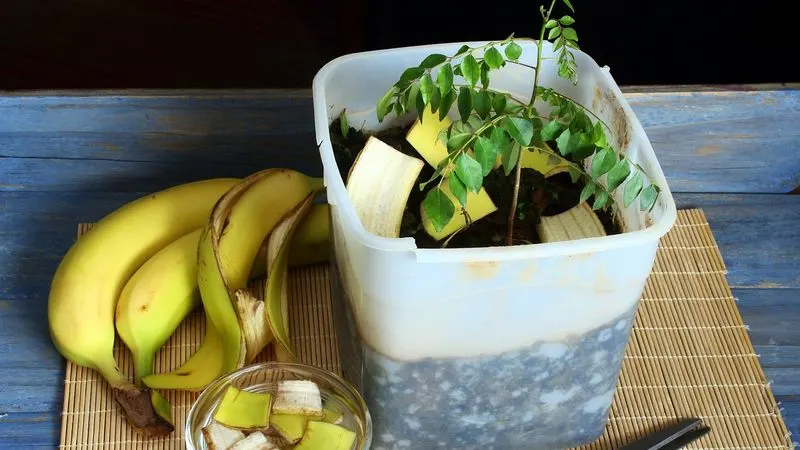
Banana peels are a potassium powerhouse, perfect for feeding your roses and other flowering plants. Just chop up the peels and bury them under the plant’s base. As they decompose, they release nutrients that promote healthy growth. This method is a simple, organic way to enhance your garden’s fertility without spending extra on fertilizers. Roses particularly love this treatment, rewarding you with blooms that are both vibrant and plentiful. It’s a win-win for your garden and your banana consumption!
DIY Drip Irrigation
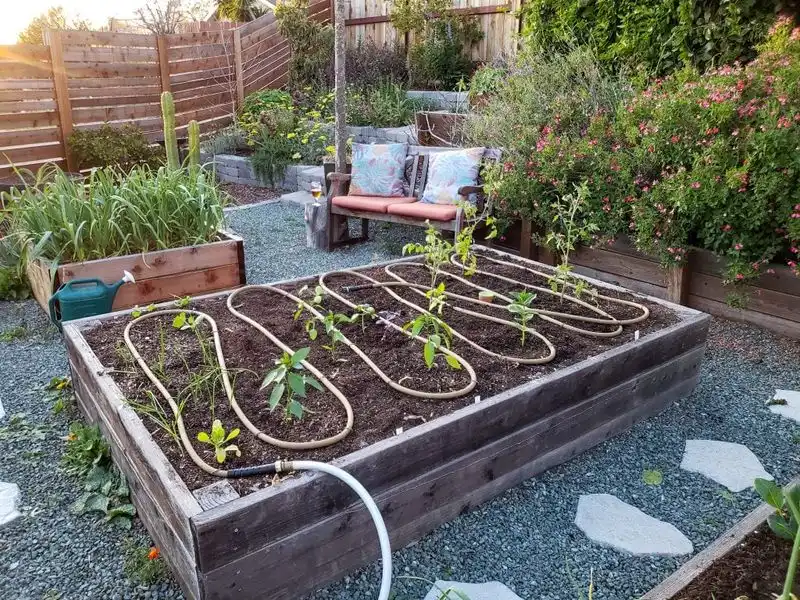
Crafting a drip irrigation system doesn’t require complex tools or expertise. By using old plastic bottles, you can create a slow-release watering system that conserves water and ensures your plants get just the right amount. Poke small holes in the bottle, bury it near the plant roots, and fill with water. It’s especially useful in dry climates where water conservation is key. This hack not only saves resources but also keeps plants consistently hydrated. A simple, effective solution for resourceful gardeners.
Vinegar Weed Killer
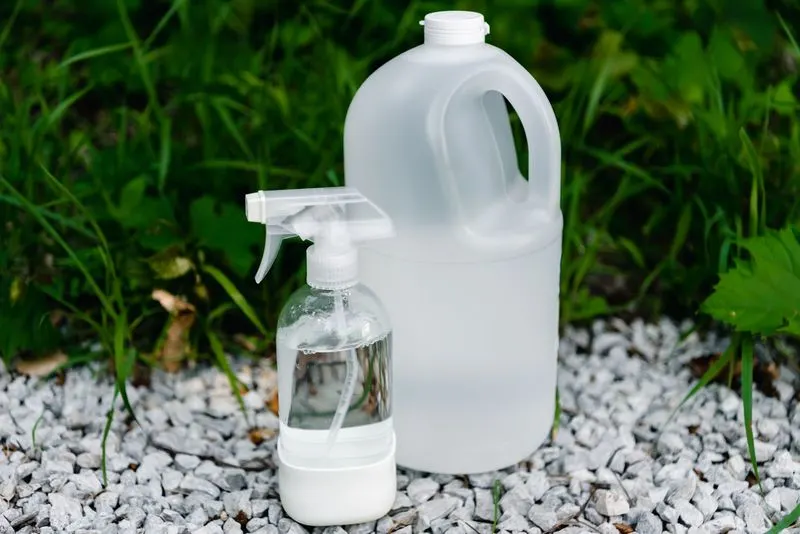
Weeds can be persistent, but there’s no need for harsh chemicals. White vinegar offers a natural alternative to keep those pesky intruders at bay. Spray vinegar directly onto the leaves of unwanted plants on a sunny day. The acetic acid draws moisture from the weed, drying it out and preventing growth. This eco-friendly approach is perfect for areas where pets and children play, providing peace of mind without compromising effectiveness. Just take care to avoid spraying desirable plants, as vinegar doesn’t discriminate.
Mulching with Newspaper
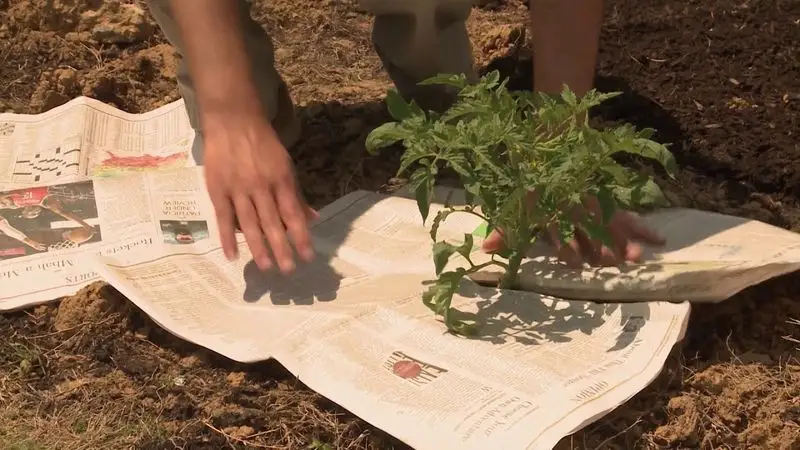
Using newspapers as mulch is a practical way to recycle and suppress weeds simultaneously. Lay several sheets around your plants and cover with soil or other organic material. The newspaper blocks sunlight, preventing weed growth while retaining soil moisture. As it breaks down, it enriches the soil. This hack is both cost-effective and environmentally friendly, reducing the need for chemical weed preventatives. Plus, it gives you a reason to finally clear out that stack of old newspapers, turning clutter into a gardening asset.
Epsom Salt for Greener Leaves
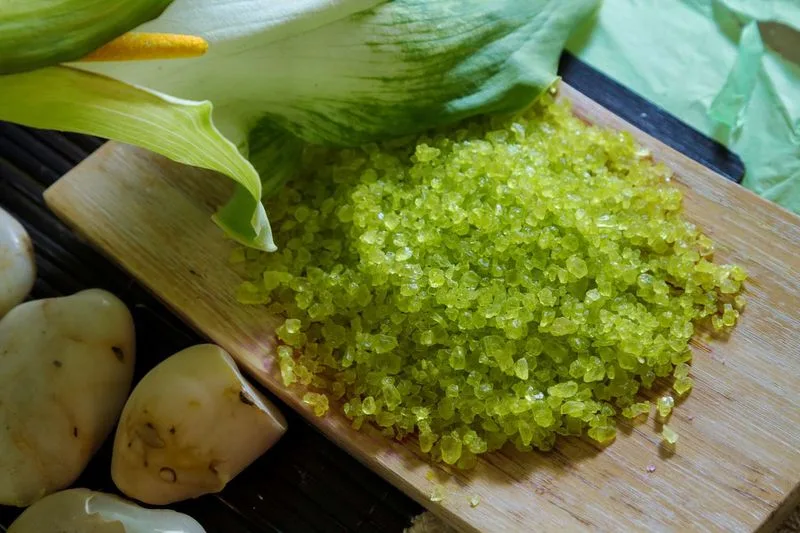
Epsom salt, known for its magnesium content, can work wonders for your garden. Sprinkle it around the base of your plants to encourage lush, green foliage. Magnesium is vital for photosynthesis and overall plant health. Use this hack especially for peppers, tomatoes, and roses. Dissolve in water for a foliar spray, providing an instant leaf boost. Beyond its benefits, it’s an affordable and natural way to enhance garden vitality. Remember, moderation is key, as too much can lead to imbalances.
Using Honey as a Rooting Hormone
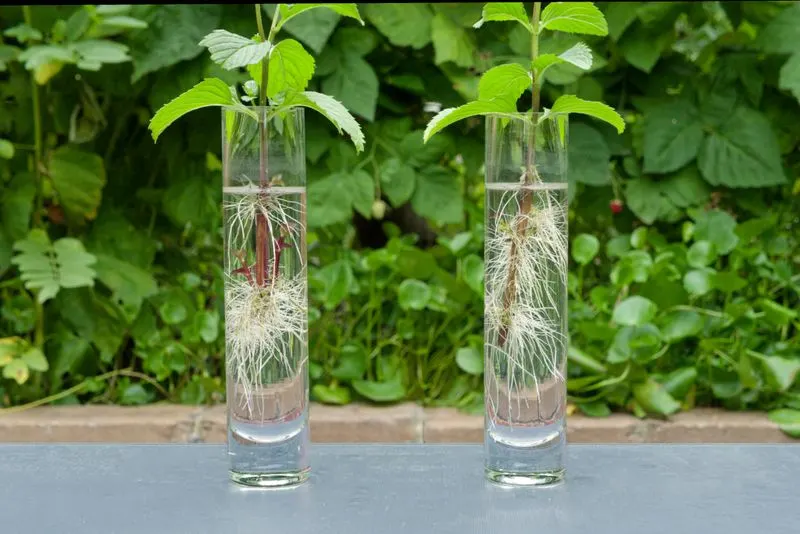
If you’re looking to propagate plants, honey might just be your secret weapon. Known for its antifungal properties, honey can encourage root growth when applied to plant cuttings. Simply dip the cut end into honey before planting in soil. This method not only promotes healthy roots but also protects against soil diseases. It’s a natural and effective alternative to commercial rooting hormones. Perfect for gardeners wanting a more organic approach. Plus, it’s a sweet way to ensure your plant’s success.
Chopstick Plant Supports
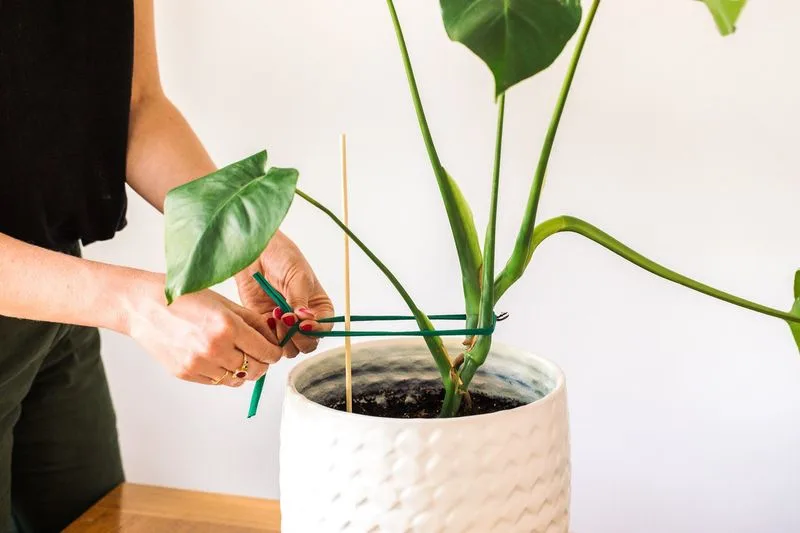
Chopsticks, often overlooked, can serve as perfect supports for young plants. They are sturdy and discreet, providing necessary support without overshadowing the plant’s beauty. Use them to guide vines or support small flowers. Simply insert into the soil near the plant and tie the stem gently with twine. This hack is especially useful for indoor plants or small garden spaces. It’s an ingenious way to repurpose everyday items, bringing a touch of creativity to your gardening routine.
Pine Needles as Mulch
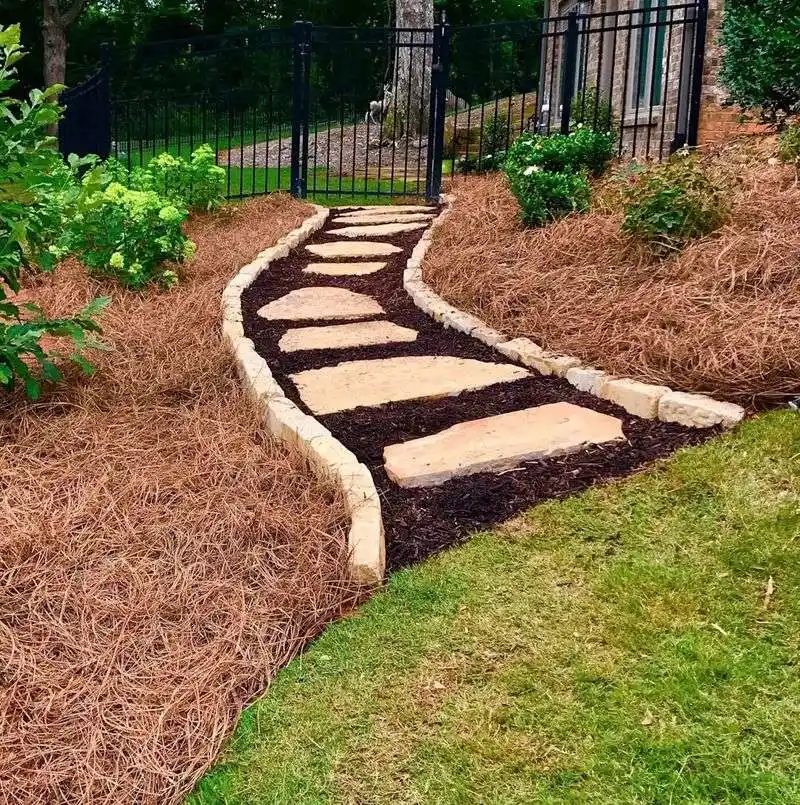
Pine needles make an excellent mulch, particularly for acid-loving plants like azaleas and blueberries. They allow for good water drainage while maintaining soil moisture. As they decompose, they slightly acidify the soil, improving conditions for certain plants. This hack not only utilizes what nature provides but also keeps garden beds neat. Collect fallen needles and lay them around your plants. It’s a simple, natural solution that complements the garden ecosystem beautifully. Plus, it saves on mulch costs.
Cinnamon to Prevent Disease
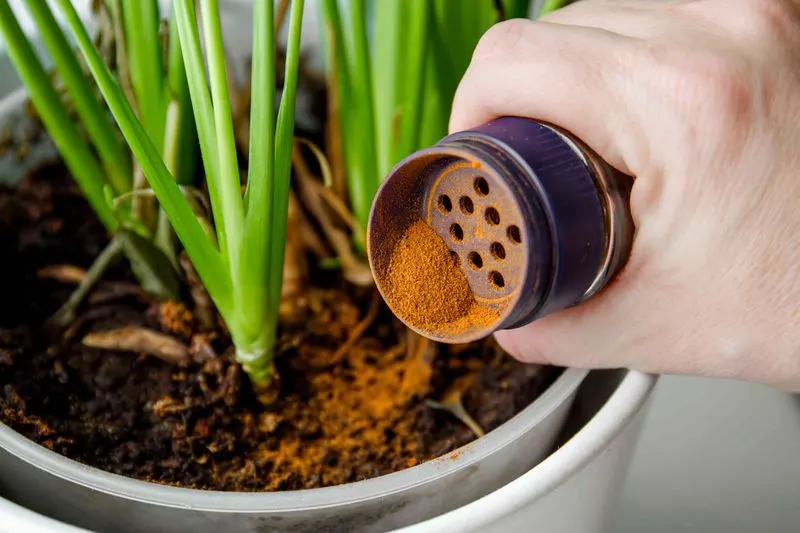
Cinnamon isn’t just for spicing up desserts; it also has antifungal properties ideal for protecting seedlings. Dust a little cinnamon on the soil surface to prevent diseases, such as damping-off, which can kill young plants. This hack is particularly useful in humid environments where fungal growth is common. It’s an easy, natural way to safeguard your seedlings and ensure healthy growth. Plus, it adds a pleasant aroma to your gardening space, making the process enjoyable as well as effective.
Watering with Cooking Water
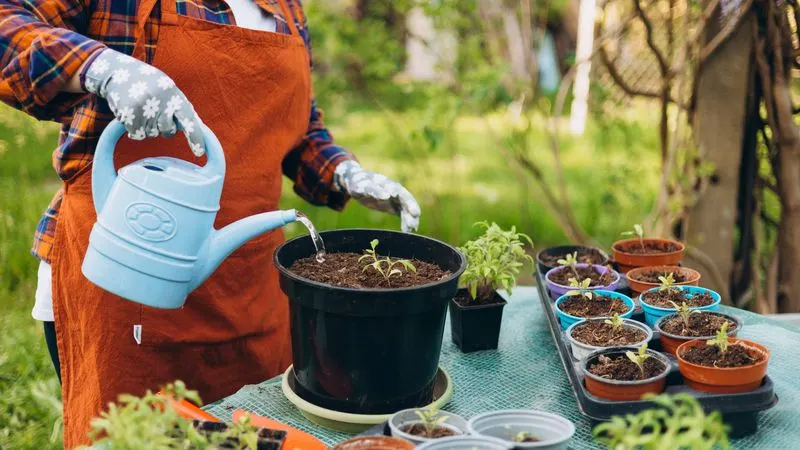
Instead of pouring cooking water down the drain, use it to water your plants. The nutrients from boiled vegetables or pasta can give your plants an extra boost. Ensure the water is unsalted and cooled before use. This method provides an organic nutrient supplement, reducing waste and enhancing plant health. It’s a simple shift that benefits both the environment and your garden. Unused nutrients that would otherwise be wasted now contribute to a thriving garden. It’s a win for you and the planet!
Planting by the Moon
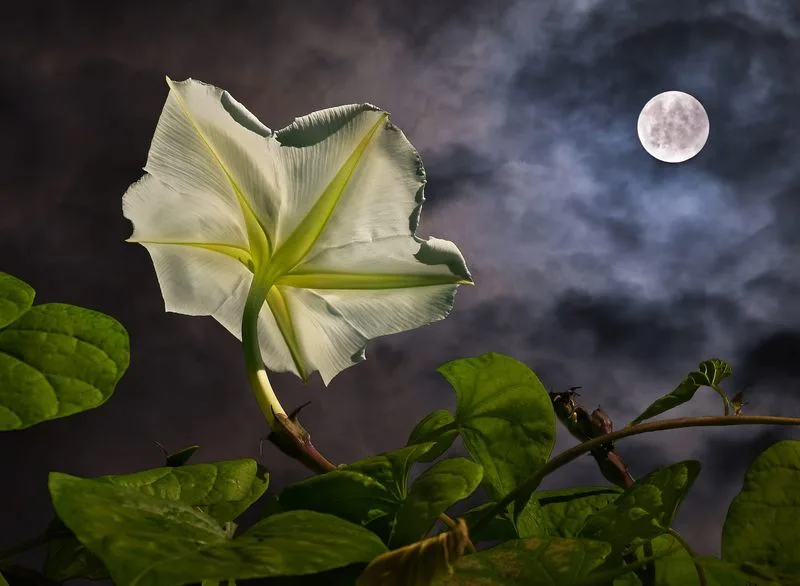
Gardening by the lunar calendar isn’t just folklore; it’s a practice that aligns plant growth with natural rhythms. Certain phases of the moon can influence seed germination and plant vigor. The gravitational pull affects moisture in the soil, promoting healthy growth when timed correctly. This method connects the gardener with nature, fostering a deeper appreciation for natural cycles. While scientific evidence is mixed, many gardeners swear by it, enjoying better yields and healthier plants. It’s a timeless tradition worth trying.
Beer Trap for Slugs
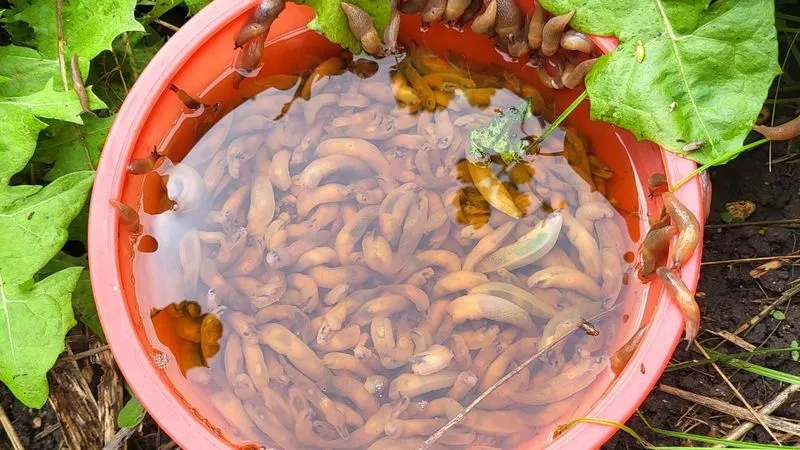
Slugs can be a gardener’s worst enemy, but beer offers a clever solution. Slugs are attracted to the yeast, crawling into the beer and away from your plants. Simply place a shallow dish filled with beer at ground level in problem areas. This method is both efficient and eco-friendly, keeping your garden slug-free without harsh chemicals. It’s a humorous yet effective way to tackle a common garden issue, ensuring your plants remain untouched by these pesky invaders. Enjoy fewer pests and more garden satisfaction.
Aloe Vera for Plant Healing
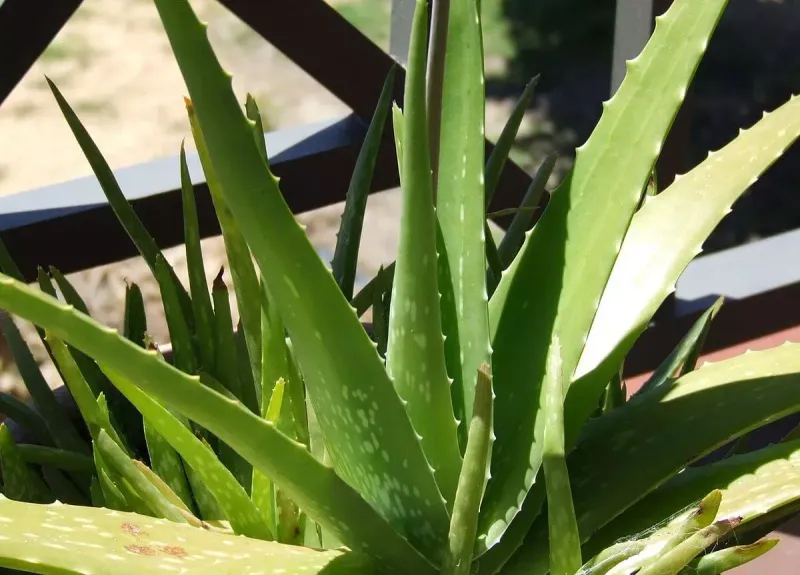
Aloe vera, known for its soothing properties, can aid in plant care as well. Apply the gel to plant wounds or cuttings to promote healing and prevent infection. The natural enzymes help speed up recovery, making it a useful addition to any gardener’s toolkit. This hack is particularly beneficial for plants prone to damage or during propagation. Aloe vera’s versatility extends beyond skincare, offering a gentle, effective approach to plant maintenance. It’s a natural remedy that provides peace of mind and healthier plants.

